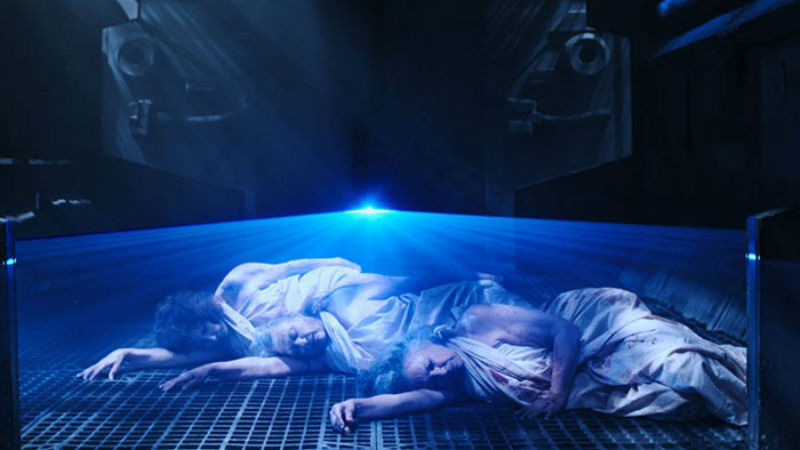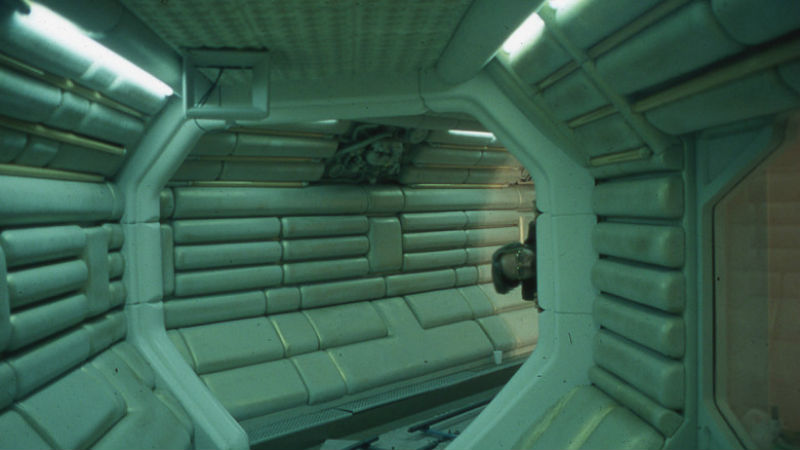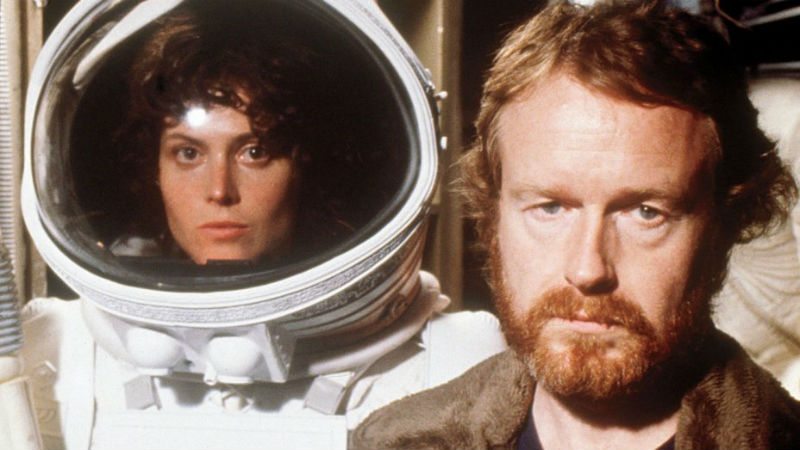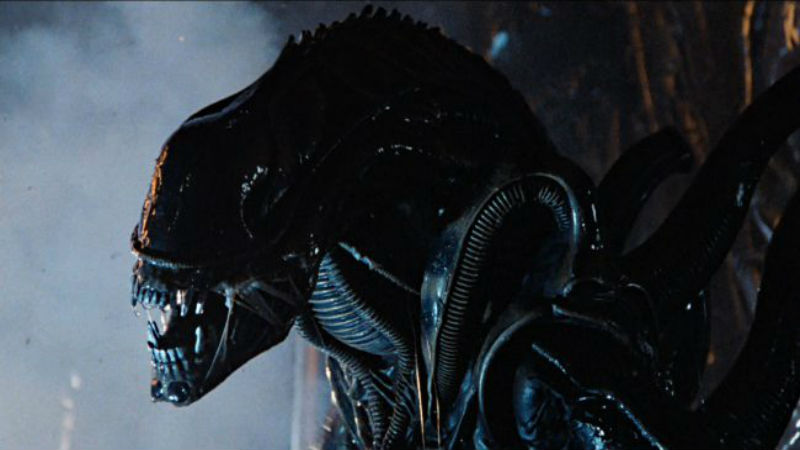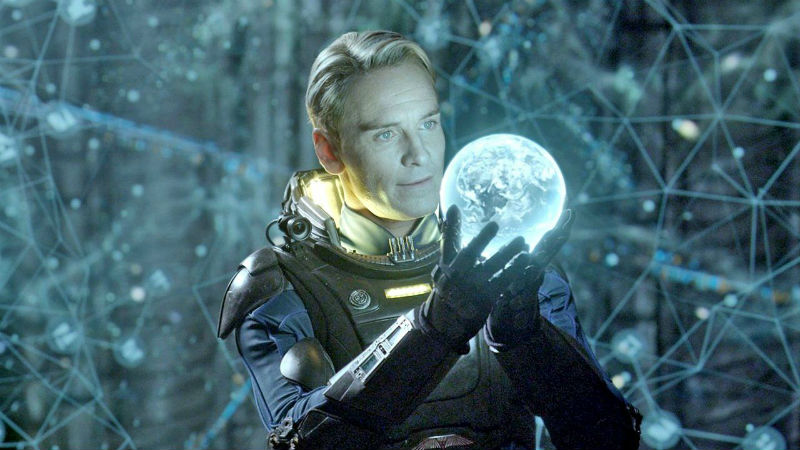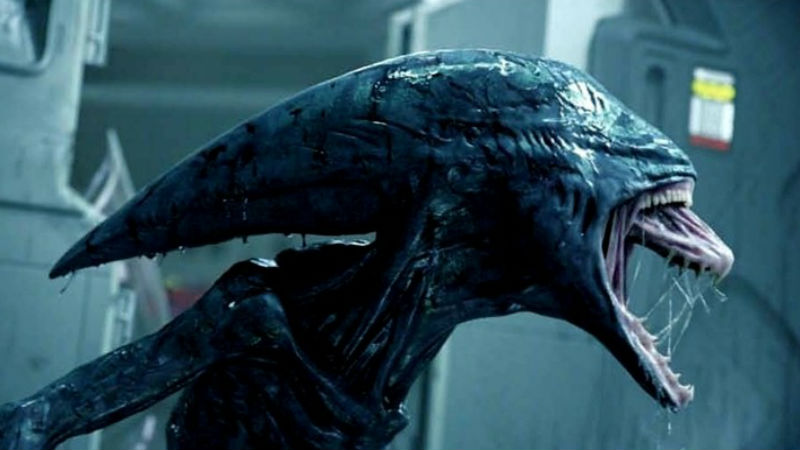The film opens with the titular character (Joaquin Phoenix, bringing an uncertain birdlike quality to the performance), walking through the French debris, his eyes peering at the revolution on the streets. Electing to defeat the “Royalists and the English”, he rises through the social rankings, when he meets Joséphine (Vanessa Kirby, in a role that is weirdly underdeveloped, despite the actresses sterling credentials), and falls head over heels in love. Her presence is a common distraction: No one has ever cast such a spell on him, and the strength is such that the thought of another man beside her repulses and infuriates him in equal measure. But as he rises to the rank of Emperor, pressure is put on him to sire an heir, and he grows dubious of Joséphine’s ability to produce a successor for him.
Napoleon is an ambitious film, spoiled by the lack of an emotional centre. Phoenix, all furrowed brows and frenzied laughs, is a curious choice for the French leader, and his brio sits at odds with the bedroom scenes, where Napoleon repeatedly fails to satisfy Joséphine’s secret desires. She shacks up with a younger, more handsome man while her husband is away at war.
Phoenix is better during the battle scenes, although he is underserved by the camera work, which flits from one angle to another, confusing the narrative in the process.
The battle in Russia – all white specks and dark hues – comes across worst of all, and Scott makes little effort to distinguish one army from the next. A film of this magnitude is bound to take liberties with the historical sources, and – while the depiction of Waterloo might ruffle a few feathers – it does present some flavour of the tactics of the era. Less happily, the battle scenes are done with nary a flourish nor a feature. If the audience hears a footstep, then a soldier is about to be killed. There are no surprises, no red herrings; nada.
Napoleon also disappoints in its depiction of women. Joséphine anchors her husband’s desire, but she spends much of the film offscreen, and her presence is only mentioned via flashbacks and letters. In essence, Kirby is there to be plucked by a ravenous husband, who twists and turns until he exhausts himself. The only other female character of note is Marie-Louise, a 15-year-old who weds Napoleon after the annulment of his marriage to Joséphine, who speaks of her attraction to the French Emperor, before following him to his bedroom. Glaringly, she is never seen or heard from again. This wouldn’t be such an issue if it wasn’t for the fact that the film opens up with Marie Antoinette’s execution, which Scott films with giddy, semi-schoolboy like glee.
Ridley Scott’s latest historical drama is disappointing. Considering the talent – an Oscar winning lead matching with a director of Scott’s calibre – this could be one of 2023’s most memorable works. Instead, what we get is something that is bland, banal and driven by old fashioned, sexist ideals. More happily, the film highlights Napoleon’s unquestioning desire to win no matter the cost. The film closes out with a memorial of sorts to the many men who laid down their lives for his Empire, cautioning viewers to the promises of idealistic young leaders in the process.
Napoleon is in cinemas on Friday, November 22nd.










